Home Design Guide: Wetrooms
Features such as rainstorm showerheads, underfloor heating and spa-style design make wetrooms an appealing option to any homeowner wanting to open up their bathroom and install an opulent feature. So what’s involved in creating the perfect space?
What is a wetroom?
A wetroom is simply an open-plan shower room, where there’s no need for fussy curtains or claustrophobic enclosures. The showering space is a continuation of the floor, which is usually tiled throughout.
The first step in creating your own wet room is to construct a gradient into the floor – which is easier to do in new builds, but usually also possible with existing floors. The most important aspect of the building process is making sure that the whole room is waterproofed, a process known as ‘tanking’. If this step is not successfully completed, leakage could cause significant damage to your home, so if you are not confident it’s essential that you get the professionals in.
Tiles, walls and flooring
Make sure you choose products that you’re going to be comfortable living with for many years. Tiles are a popular choice – non-porous ceramic or porcelain versions are recommended. They come in a range of sizes, so you could go for oversized spa-style wall tiles, or for finer detail glass mosaics.
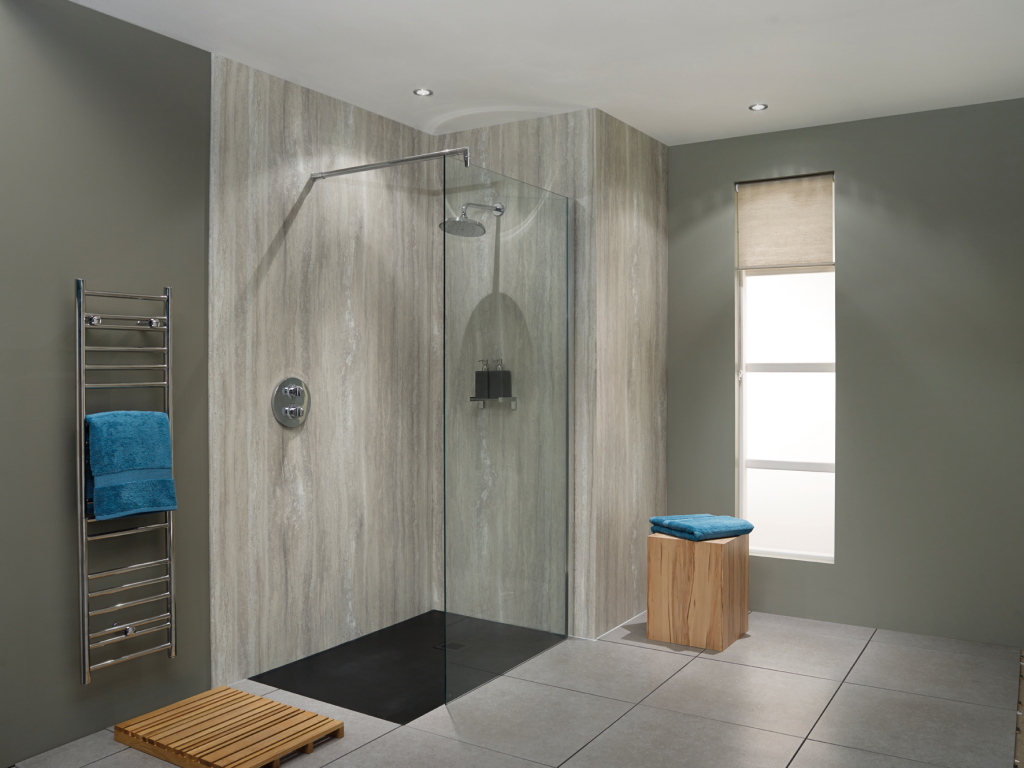
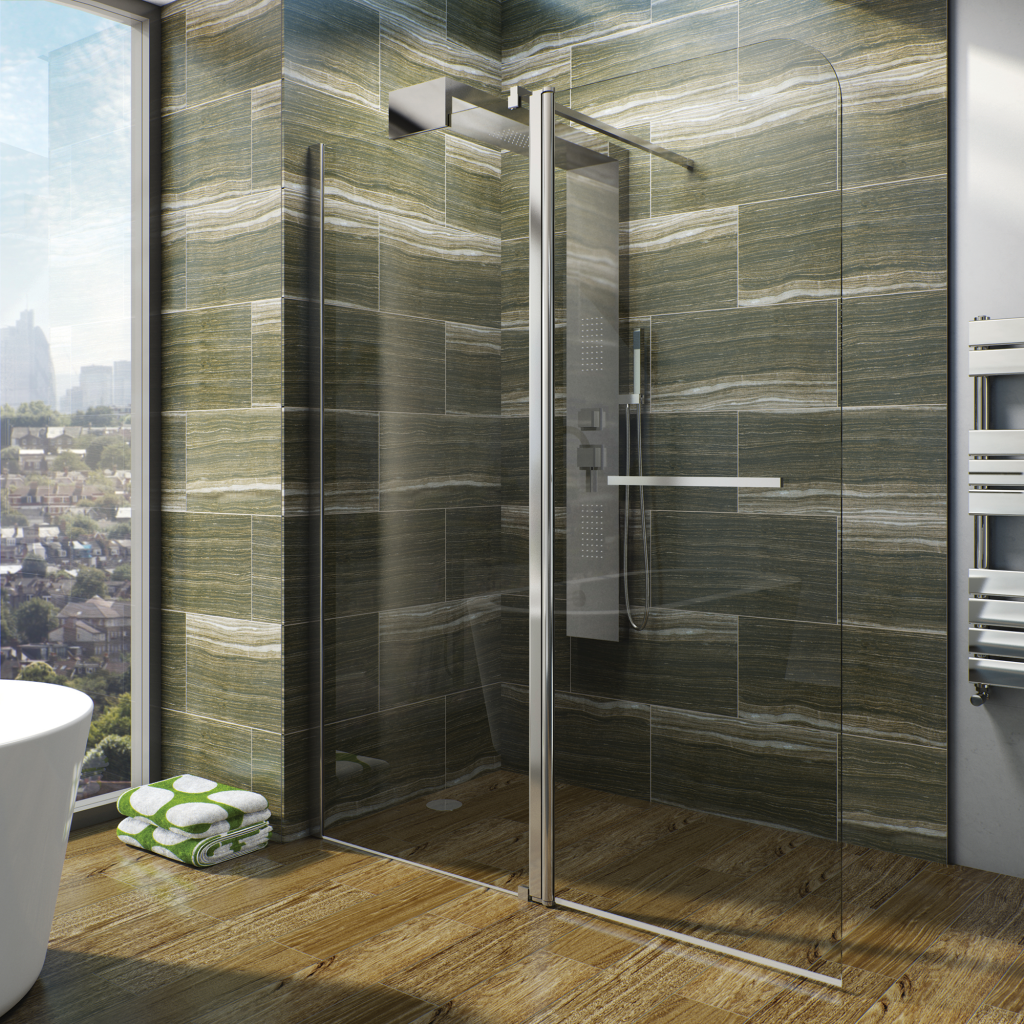
Slate, marble or limestone will look fantastic but have to be sealed to prevent water damage. Bear in mind that if you do go for porous stone, sealing must be repeated every few months. Only use non-slip floor tiles that have been specifically designed for bathroom flooring. If you want to, you can use the same tiles on the walls, but for safety’s sake, never use wall tiles on the floor – these are likely to become hazardous underfoot when wet.
Alternative flooring materials include vinyl and Corian – both of which are seamless and non-porous. The latter is a great low-maintenance choice, and you can even merge colours together to create a variety of different effects. You might decide to use the product across your whole wetroom for the walls, the tops of your units – practically anything. The only catch is the cost, as it starts at around £300 per linear metre.
Designing the layout
You can make the shower the focus of the wetroom by choosing a statement shower head and body jets for ultimate indulgence. Chrome types work best, as they tend to suit most colour ranges and textures. There are hundreds of companies specialising in these products, so you’re bound to find your perfect match – there are endless possibilities, be it a cascading waterfall effect or mist sprays.
A wetroom needs to be super-sleek to work, so ditch the idea of shower curtains in favour of a glazed panel. Plain walls of glass or toughened plastic can be built in to separate the shower from the rest of the room. It needn’t go right across the shower opening if you don’t want it to, just hang it so that the area is accessible.
Heating and ventilation
Installing underfloor heating in a wetroom is by far the best option; it will keep the tiles warm underfoot and help to dry out water on the floor. The even spread of low-level heat will warm the room from the floor upwards, increasing the chances of the room drying out properly.
Good ventilation and extraction is a must to prevent condensation and mould forming. “I would suggest installing a wall-mounted extractor fan, placed diagonally opposite the door or on the ceiling to take moisture away through the roof or loft,” says Dolphin’s Geoff Wells.
Browse the gallery for more design ideas:
Do I have enough space?
Most people’s first thought is ‘I just don’t have the room’, but the wetroom concept is about bathroom freedom rather than masses of space. Utilising a concise and clever plan will open up the room in ways you never imagined.
Wetrooms work well as a second bathroom or ensuite – some people have even been known to convert the cupboard under the stairs. “Removing a bath instantly gives you more space without compromising on style and functionality,” says Geoff. “Estate agents recently reported that even a small wetroom can create a premium of up to £10,000 on your home.”
However, if you do only have space for one bathroom, then a wetroom may not be ideal if you want to sell in the future. Buyers will expect at least one family bath, and converting a wetroom into a traditional bathing area can be extremely costly.
Main image: Waterfall shower head by CP Hart
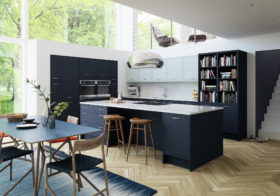
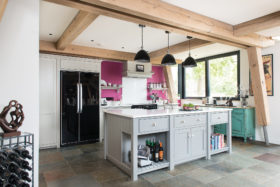


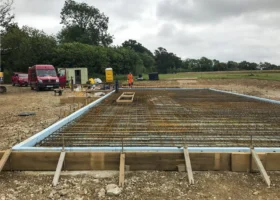



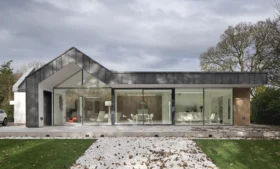
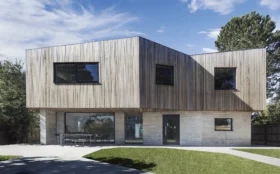






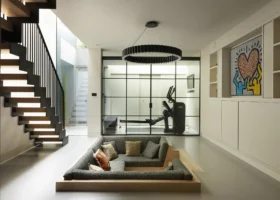
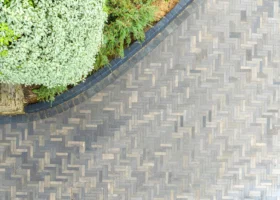












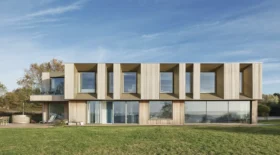

















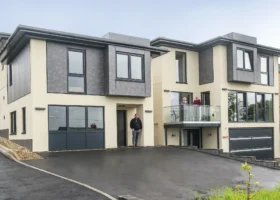











































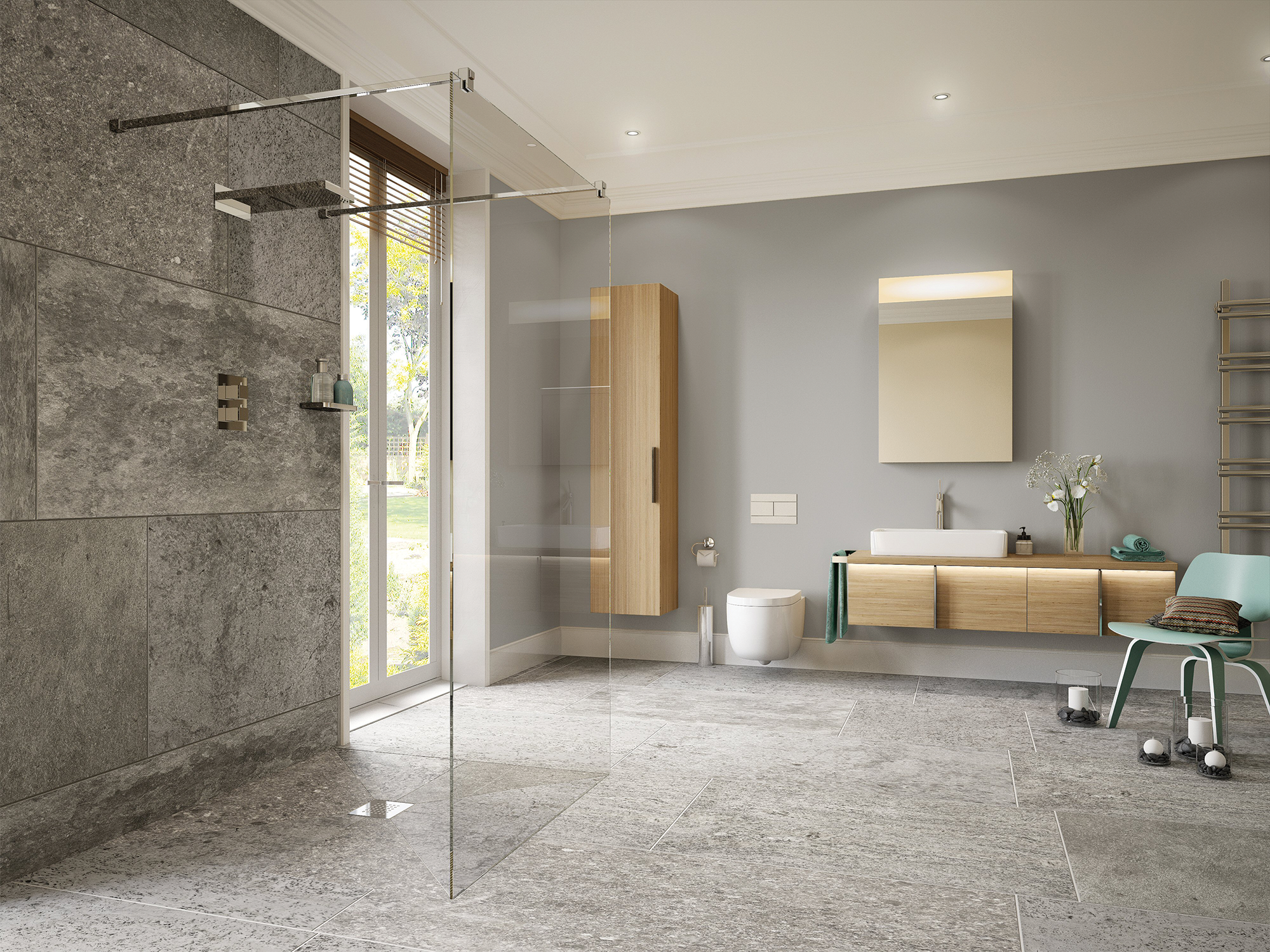
 Login/register to save Article for later
Login/register to save Article for later

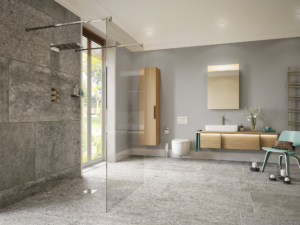
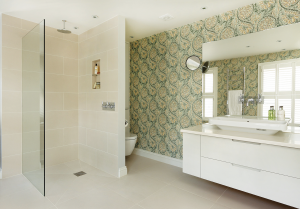
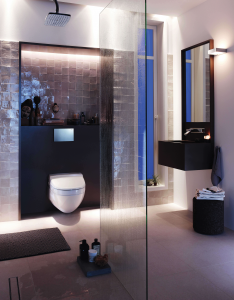
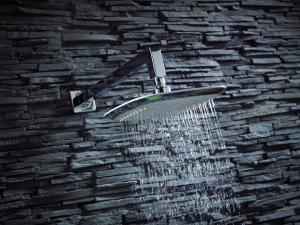
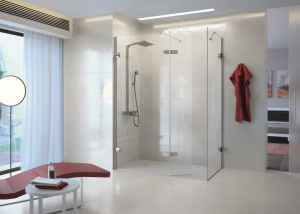
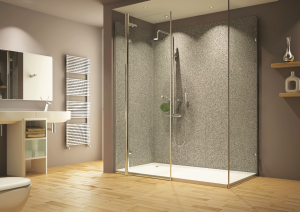
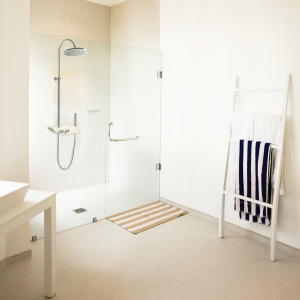
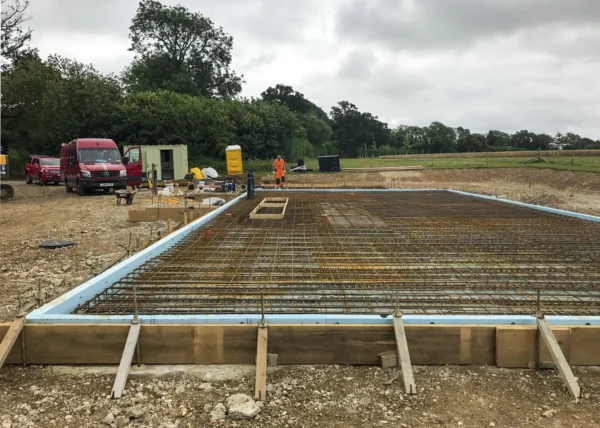
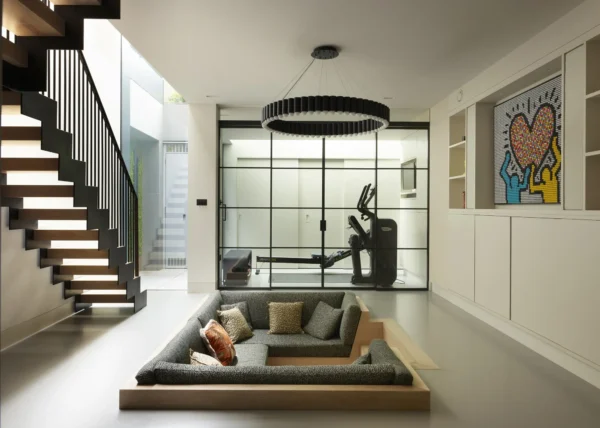
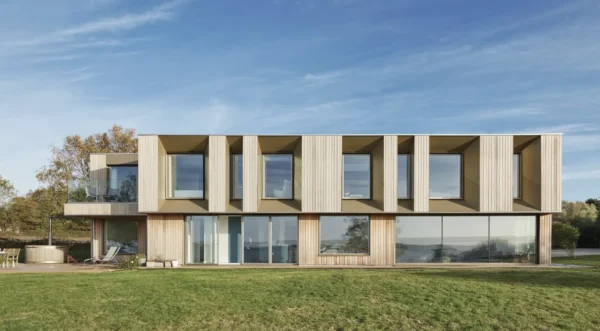
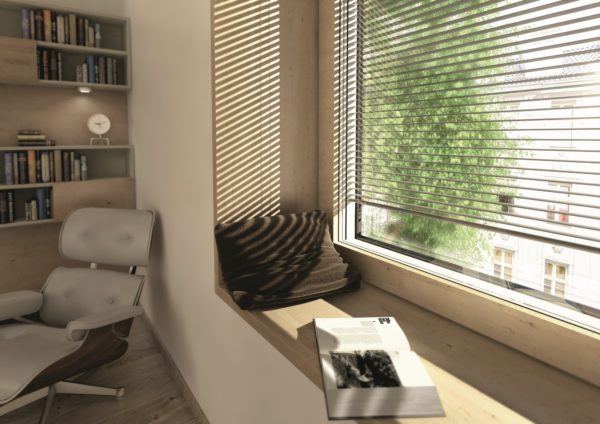
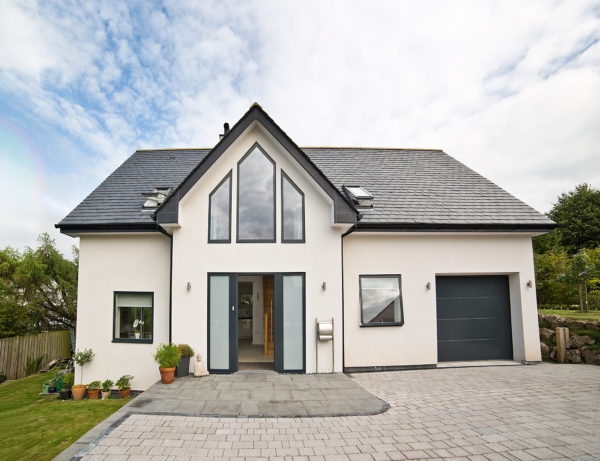
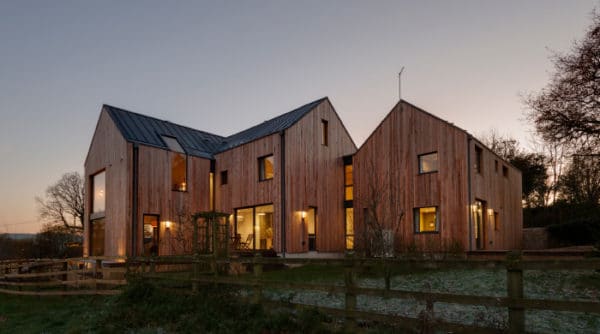
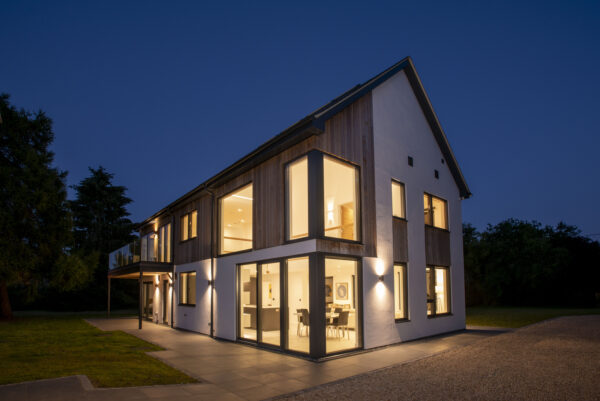




Comments are closed.